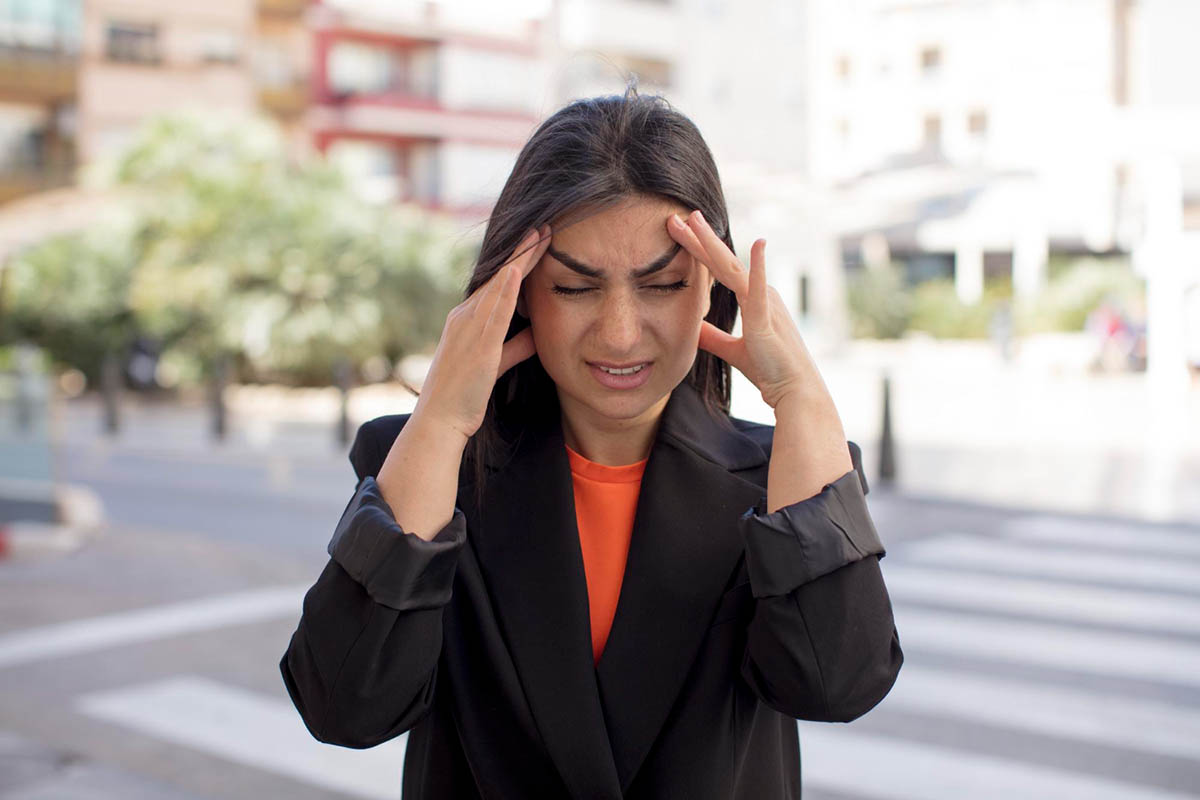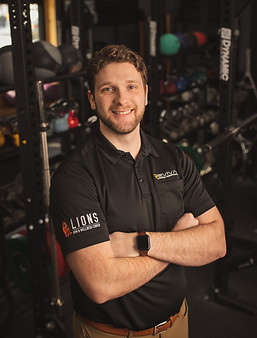Introduction
Headaches can be a real pain, quite literally. Whether it’s a dull ache or a pounding migraine, headaches can disrupt your daily life and make even the simplest tasks seem insurmountable. At Revival Physical Therapy, with locations in both North Loop, Minneapolis, and Robbinsdale, we understand how debilitating headaches can be, and we’re here to help you manage, relieve, and prevent them with professional advice, practical tips, and a touch of humor.
Understanding Headaches
- Tension Headaches: Often described as a tight band around the head, these headaches are usually caused by stress, poor posture, or muscle tension.
- Migraines: Characterized by severe, throbbing pain, often accompanied by nausea, vomiting, and sensitivity to light and sound.
- Cluster Headaches: Intense, burning pain around one eye or temple, occurring in clusters over a period of time.
- Sinus Headaches: Pain and pressure around the forehead, cheeks, and eyes, often associated with sinus infections or allergies.
The Role of Physical Therapy
Physical therapy can play a crucial role in managing and preventing headaches, especially those triggered by musculoskeletal issues or poor posture. At Revival Physical Therapy, whether you’re visiting our North Loop location in Minneapolis or our Robbinsdale clinic, we offer tailored treatment plans designed to address the underlying causes of your headaches and provide long-term relief.
Techniques for Managing Headaches
- Manual Therapy: Hands-on techniques to release tension in the neck, shoulders, and upper back, improving blood flow and reducing pain.
- Postural Training: Guidance on maintaining proper posture to prevent strain on the neck and shoulders.
- Stretching and Strengthening Exercises: Targeted exercises to improve flexibility and strength in the muscles that support the head and neck.
- Relaxation Techniques: Breathing exercises and other relaxation methods to reduce stress and tension.
- Ergonomic Advice: Tips on optimizing your workspace to promote good posture and reduce strain.
Everyday Tips for Headache Relief
- Stay Hydrated: Dehydration can trigger headaches, so make sure to drink plenty of water throughout the day.
- Maintain a Regular Sleep Schedule: Consistent sleep patterns can help prevent headaches.
- Practice Good Posture: Keep your shoulders back and head aligned with your spine to reduce muscle tension.
- Take Breaks: Regular breaks during work or other activities can prevent strain and reduce the risk of headaches.
- Limit Screen Time: Reduce eye strain by taking breaks from screens and adjusting the brightness and contrast settings.
Prevention: Staying Ahead of the Pain

- Identify Triggers: Keep a headache diary to track potential triggers, such as certain foods, stress, or lack of sleep.
- Exercise Regularly: Physical activity can help reduce the frequency and severity of headaches.
- Manage Stress: Techniques like yoga, meditation, and deep breathing can help keep stress levels in check.
- Eat a Balanced Diet: Regular, balanced meals can prevent headaches caused by low blood sugar.
FAQ Section
Q: Can physical therapy help with chronic migraines?
Q: Are there specific exercises that can help prevent headaches?
Q: How long does it take to see improvement with physical therapy?
A: The timeline for improvement varies, but many people start to see results within a few weeks of consistent physical therapy.
Community Engagement and Support
At Revival Physical Therapy, we believe in the power of community support. We regularly host workshops and seminars in Minneapolis on topics like headache management, stress reduction, and posture improvement. Join us to connect with others, learn new strategies, and take control of your headache health.You can visit us at our North Loop location in Minneapolis at 800 N Washington Ave Suite 5, Minneapolis, MN 55401 or our Robbinsdale location at 4123 W Broadway, Robbinsdale, MN 55422.
Nutrition for Headache Prevention
What you eat can have a significant impact on headache prevention. A diet rich in magnesium (found in nuts, seeds, and leafy greens), riboflavin (found in dairy products and lean meats), and hydration-supporting foods can help reduce the frequency of headaches. Avoiding common triggers like caffeine, alcohol, and certain processed foods can also make a difference.


